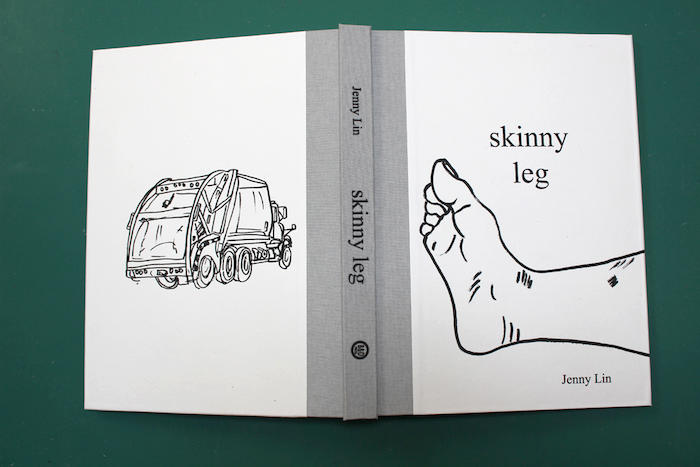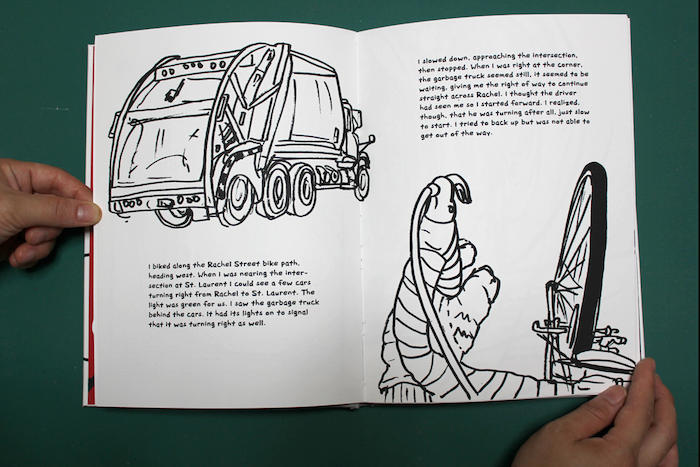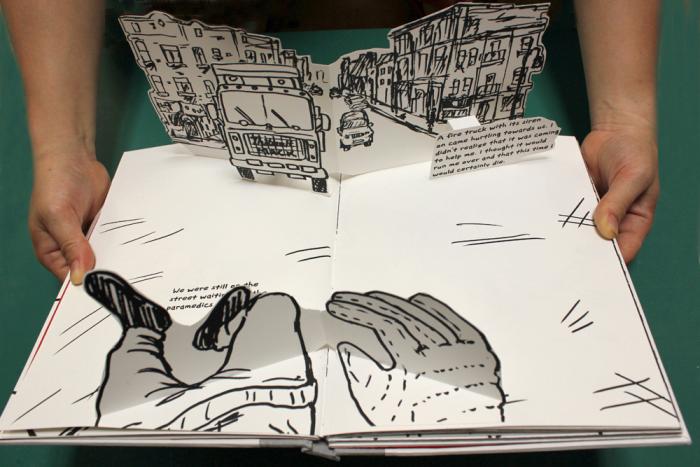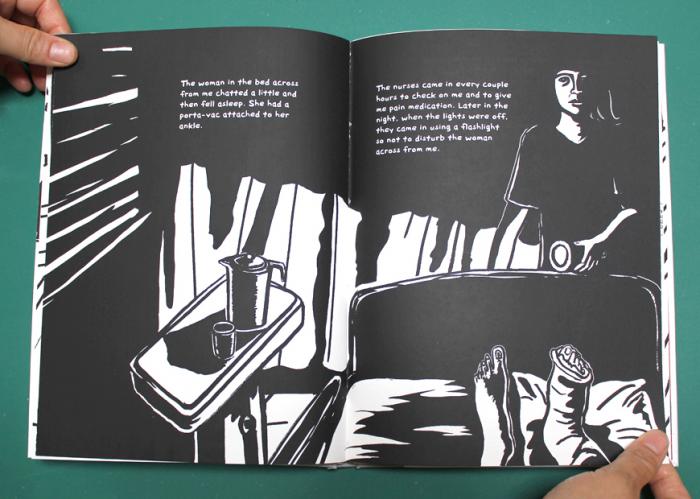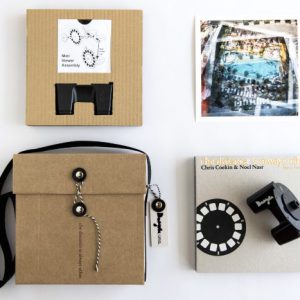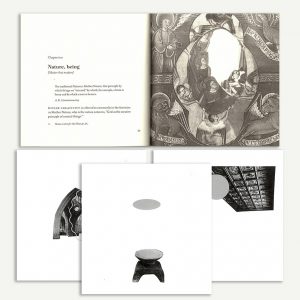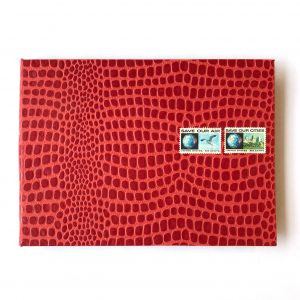Skinny Leg
Skinny Leg
Date
2012
Edition Size
25
Media
Silkscreen
Paper
Fabriano Academia paper
Binding
Hand-sewn
Format
Artist Book
Dimensions
10.25 × 8 in
Pages
68
Collection
Limited Edition Artists Books$ 680.00
Unavailable
View Collectors
Bowdoin College
Getty Research Institute
Library of Congress (LoC)
Mills College
San Diego State University (SDSU)
Savannah College of Art & Design (SCAD)
Swarthmore College
Temple University
The University of the Witwatersrand, Wits Art Museum (WAM), Jack Ginsberg Centre for Book Arts
University of California, Los Angeles (UCLA)
University of Minnesota
“Skinny Leg” is an image and text-based artist book containing a first-person account of the bike accident that left Lin hospitalized in December 2009. The book incorporates drawings, pop-up book components and fold-out pages and takes visual inspiration from medical illustration and pop-up anatomy books as well as graphic novels.
“Skinny Leg”, 2012. Screenprinted, handmade casebound book with pop-up, fold-out, and flap pages. UV screenprint on Fabriano Academia paper. 68 pages, black and white. Page size: 7.5 x 10″. Total book size (closed): 8 x 10.25″, spine
“Skinny Leg” includes a blend of clinical and matter-of-fact descriptions of the accident together with intimate anecdotes and descriptions of seemingly inconsequential details surrounding the event. It is an exploration of the mutability of memory and perception during the telling and retelling of an event (ie. recounted to police, medical staff, bureaucratic agents, friends, family, etc, replaying in my mind or translated into oral, written and drawn formats). It is also an exploration of narrative structure and language in relation to trauma and illness. The anecdotes highlight the strangeness of the experience by describing unusual perceptions of my surroundings ie. seeing the world from the viewpoint of a rolling stretcher (looking up from a reclined position for an entire day), experiencing disorientation and confusion due to post-traumatic stress, and having “sensory overload” after going out of the house finally after being cooped up in the house all winter). Readers will be able to navigate the book linearly and tangentially, discovering the personal and the clinical, the strange and the banal.


